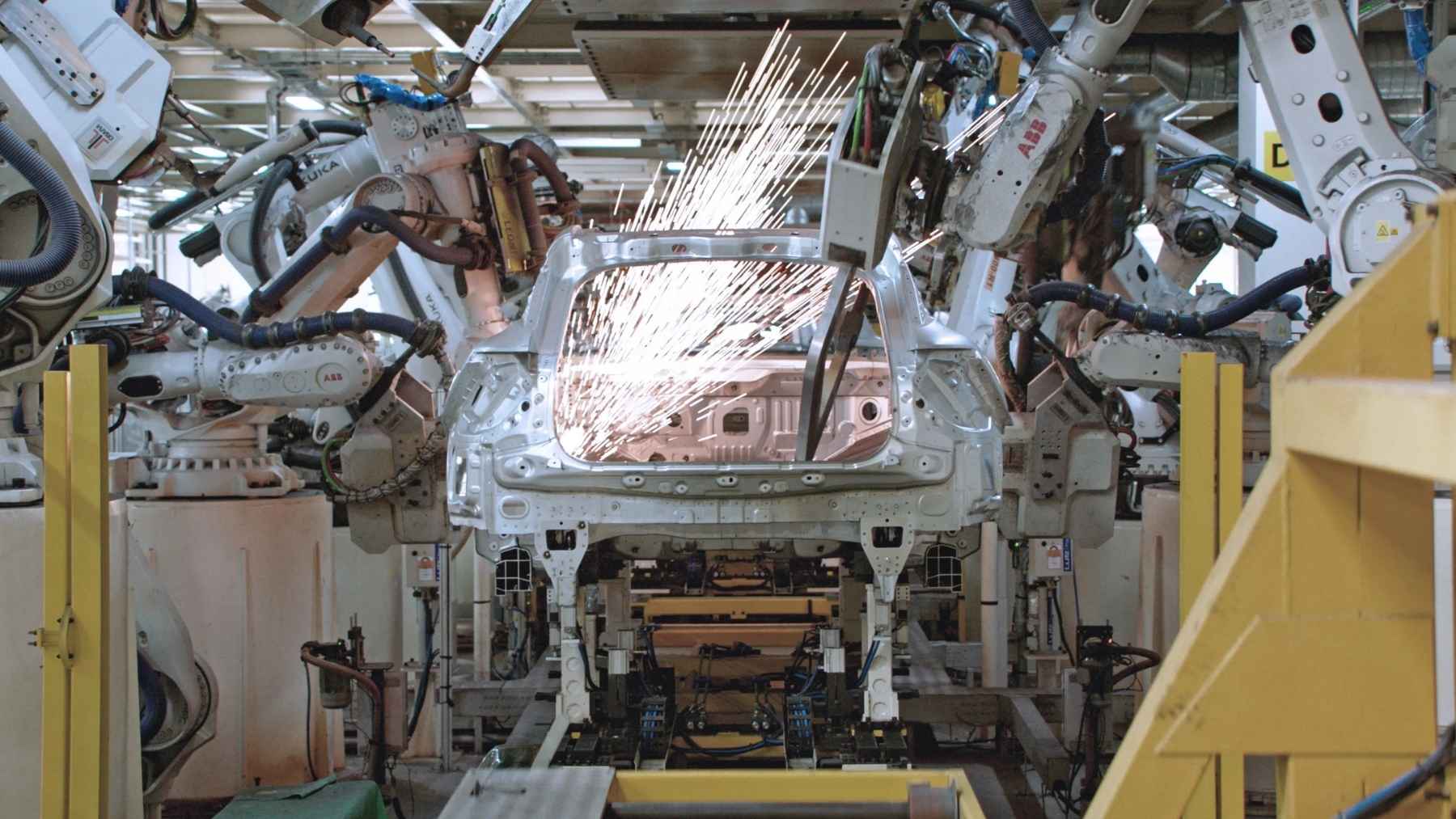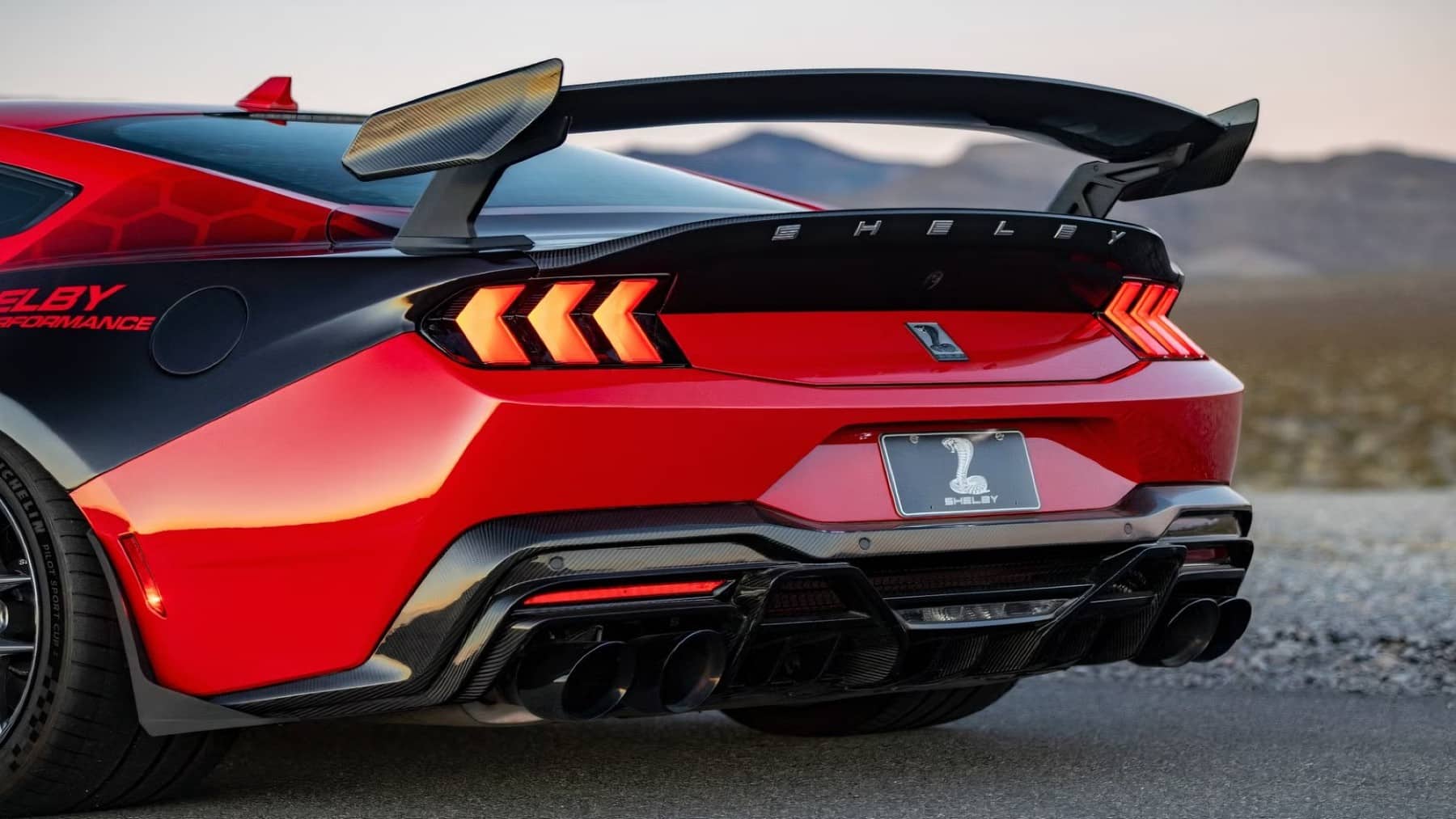AVL RACETECH, the motorsport division of AVL, unveiled in 2022 a groundbreaking prototype of a hydrogen-powered internal combustion engine. This 2-liter turbocharged engine is fueled by hydrogen and incorporates advanced water injection technology, pushing the boundaries of performance to new heights. The release of the engine marked the first time AVL RACETECH designed and constructed a racing engine entirely in-house, showcasing their commitment to innovation in motorsport technology.
Changing the way hydrogen engines operate
AVL RACETECH’s hydrogen internal combustion engine release three years ago was designed to outperform other hydrogen engines, which typically operate with lean-burn, resulting in lower performance. Unlike those traditional hydrogen engines, this engine uses only a slight lean-burn, achieving an impressive 150 kW per liter of output. This level of performance puts the 2-liter turbocharged hydrogen engine on par with today’s high-performance racing engines that are close to production models.
To achieve this power, AVL RACETECH has incorporated water injection technology into the hydrogen engine. The system injects water into the intake air which boosts pressure and cools the combustion chamber. This design relies on AVL’s expertise in system behavior, utilizing advanced simulation models and 3D flow calculations to ensure efficient airflow and prevent mechanical strain. The result is a cutting-edge, high-performance engine that meets stringent safety standards for motorsport.
Project Manager Paul Kapus, Manager Development Spark Ignited Engines & Concept Cars said: “Realizing performance values at motorsport level with a hydrogen internal combustion engine is an incredibly complex technical challenge. But our prototype proves it can be done. The basic technology of a gasoline engine and a hydrogen combustion engine is very similar – in contrast with fuel cell technology. Which is why our concept is also a very good fit for the economical approach of customer racing, since the adaptations required are very straightforward.”
Engine specifics are revolutionary
Using this ground-breaking technology, the team developed a two-liter hydrogen combustion engine prototype (H₂-ICE) designed to deliver 500 Nm of torque between 3,000 and 4,000 rpm, using stoichiometric combustion. The water vapor helps increase boost pressure while cooling the combustion chamber, reducing the likelihood of pre-ignition, a common issue that can cause severe engine damage if not controlled.
The prototype also avoids the typical lean-burn approach, maintaining an air-fuel ratio (lambda) of 1. Paired with a wastegate turbocharger that efficiently meets the engine’s air demands, this setup ensures optimal combustion efficiency, further enhancing engine performance and reliability.
In a demonstration at their headquarters in Graz, AVL RACETECH successfully tested the H₂-ICE engine prototype. The tests were conducted on an engine testbed specially adapted for hydrogen fuel. During the testing, the prototype impressively reached a peak output of 410 horsepower, equivalent to 301.7 kilowatts (kW), and achieved an engine speed of 6,500 rpm. This milestone highlights the significant progress in hydrogen combustion technology and its potential for high-performance applications.
“Our goals were 500 Nm of torque and an output of up to 300 kW (specific output of 150 kW/l). We are proud to have been able to validate those figures on the testbed,” said project-leader Paul Kapus.
Hydrogen engines set to be the fuel of the future
While the project was conducted in 2022, adapting internal combustion engines to run on hydrogen is almost certain to continue to play a pivotal role in the future of the automobile industry by offering a cleaner alternative to traditional gasoline and diesel-powered vehicles. Hydrogen-powered internal combustion engines produce zero tailpipe emissions, significantly reducing carbon footprints and air pollution.
They also benefit from existing infrastructure, as hydrogen fuel can be used in modified or new engines without the need for entirely new technologies, such as electric drivetrains. This transition could help bridge the gap between current automotive technologies and a sustainable, zero-emission future, making hydrogen an essential part of the green energy revolution.














